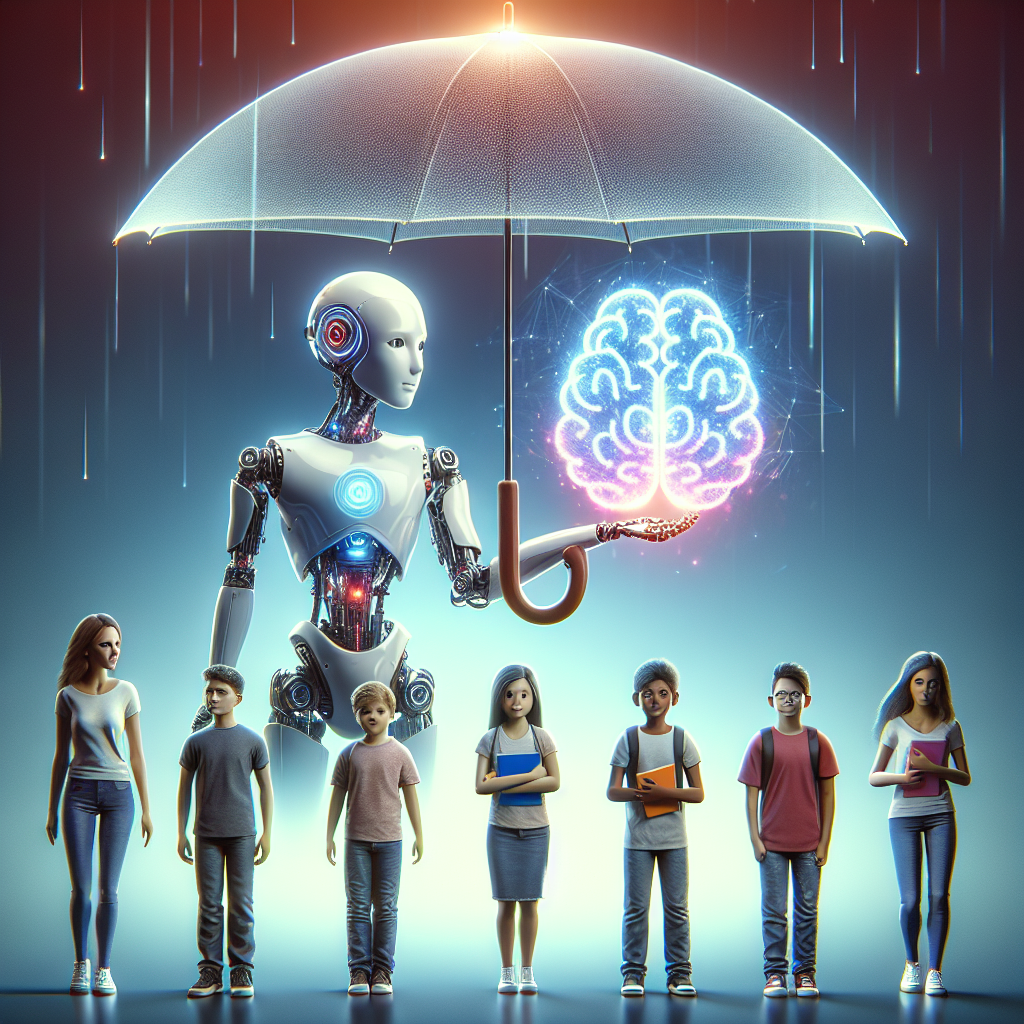Using AI to Identify and Support At-Risk Students
In recent years, artificial intelligence (AI) has become an increasingly important tool in education, particularly in identifying and supporting at-risk students. AI technologies are being used to analyze large amounts of data and provide insights that can help educators and administrators identify students who may be struggling academically, socially, or emotionally. This allows schools to intervene early and provide the necessary support to help these students succeed.
One of the key benefits of using AI to identify at-risk students is the ability to analyze data from multiple sources to create a comprehensive picture of each student’s academic performance, behavior, and social interactions. This data can include grades, attendance records, standardized test scores, disciplinary records, and even social media activity. By analyzing this data, AI algorithms can identify patterns and trends that may indicate a student is at risk of falling behind or experiencing other challenges.
For example, AI can analyze a student’s attendance records and grades to identify patterns of absenteeism or declining performance that may indicate a need for intervention. AI can also analyze a student’s social media activity to identify signs of bullying, cyberbullying, or other social and emotional issues that may be impacting their well-being.
Once at-risk students are identified, AI can also be used to provide personalized support and interventions. For example, AI-powered tutoring programs can provide individualized instruction to help struggling students catch up in their coursework. AI can also be used to provide targeted interventions for students experiencing social or emotional issues, such as connecting them with school counselors or mental health resources.
In addition to identifying and supporting individual students, AI can also be used to analyze data at the school or district level to identify trends and patterns that may indicate broader issues impacting student success. For example, AI can analyze data on graduation rates, dropout rates, and college readiness to identify areas where additional support or resources may be needed.
Overall, the use of AI to identify and support at-risk students has the potential to significantly improve outcomes for students and schools. By identifying students in need of support early and providing personalized interventions, schools can help at-risk students succeed academically, socially, and emotionally.
FAQs:
Q: How does AI identify at-risk students?
A: AI uses algorithms to analyze data from multiple sources, such as grades, attendance records, behavior reports, and social media activity, to identify patterns and trends that may indicate a student is at risk of falling behind or experiencing other challenges.
Q: How does AI support at-risk students?
A: AI can provide personalized support and interventions for at-risk students, such as individualized tutoring programs, targeted interventions for social and emotional issues, and connections to school counselors or mental health resources.
Q: What are the benefits of using AI to support at-risk students?
A: The benefits of using AI to support at-risk students include early identification of students in need of support, personalized interventions tailored to each student’s needs, and improved outcomes for at-risk students and schools.
Q: Are there any potential drawbacks to using AI to support at-risk students?
A: Some potential drawbacks of using AI to support at-risk students include concerns about data privacy and security, the potential for bias in AI algorithms, and the need for human oversight and intervention to ensure that AI is used ethically and effectively.

